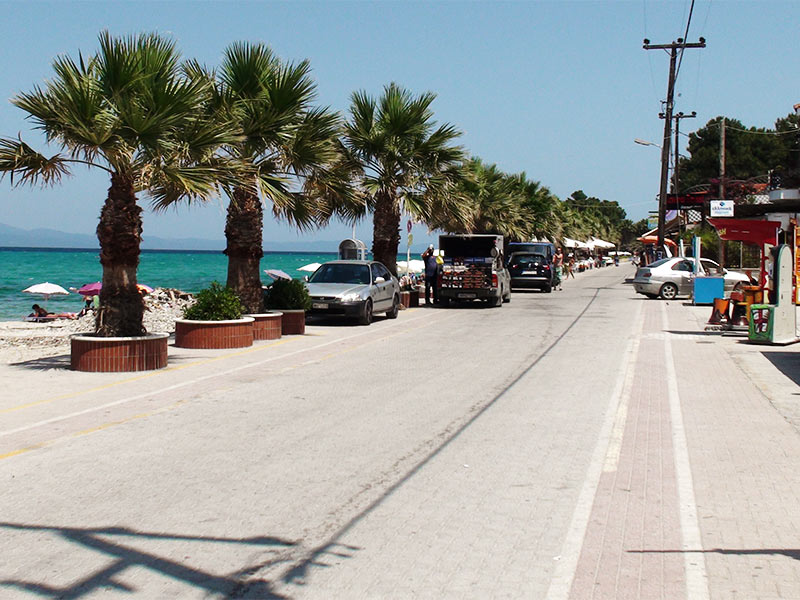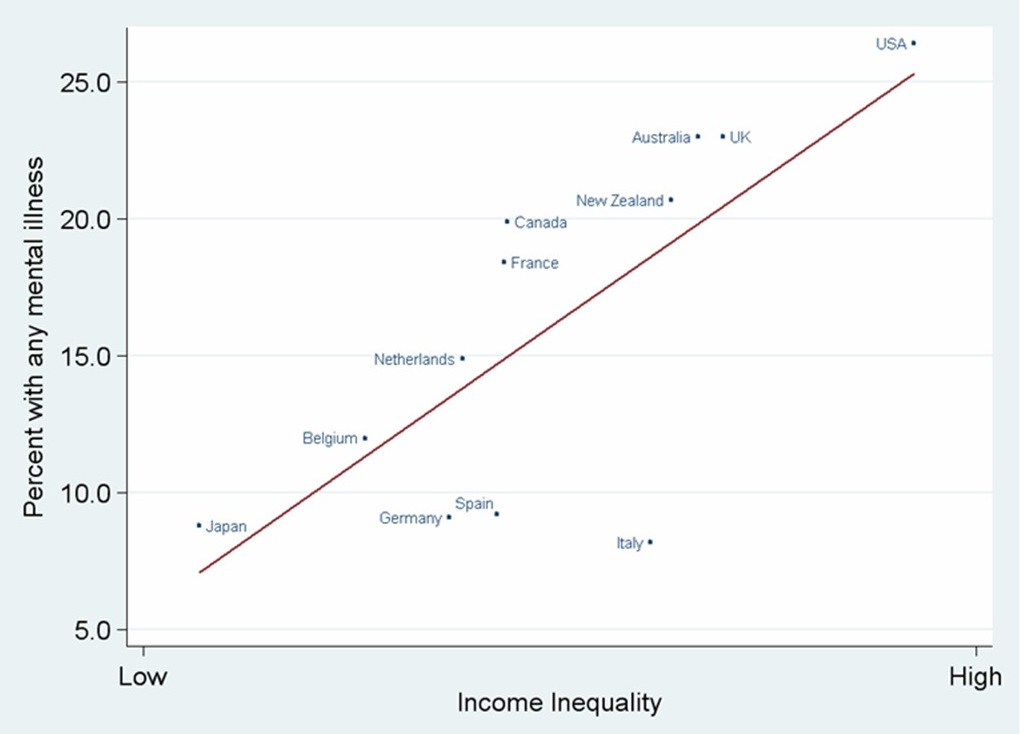|
Rastislav (Gont)
Metropolitan Rastislav (secular name Ondrej Gont; born January 25, 1978, in Snina, Czechoslovakia) is an Eastern Orthodox bishop and the Primate of the Czech and Slovak Orthodox Church, holding the rank of ''Metropolitan of the Czech Lands and Slovakia.'' Early life He finished his elementary eight-year school in 1992 and the grammar school in 1996 in his hometown. In 2002 he received his Master of Theology degree from the Orthodox Theological Faculty of Prešov University in Prešov. He defended his diploma thesis on "The Mystery of Death" ( sk, Tajomstvo smrti).ŽIVOTOPIS official site of the Orthodox Diocese of Prešov During the 5th year of theology faculty he completed a four-month study stay at |
His Beatitude
His Eminence (abbreviation H.Em. or H.E. or HE) is a style of reference for high nobility, still in use in various religious contexts. Catholicism The style remains in use as the official style or standard form of address in reference to a cardinal of the Catholic Church, reflecting his status as a Prince of the Church. A longer, and more formal, title is "His (or Your when addressing the cardinal directly) Most Reverend Eminence". Patriarchs of Eastern Catholic Churches who are also cardinals may be addressed as "His Eminence" or by the style particular to Catholic patriarchs, His Beatitude. When the Grand Master of the Sovereign Military Order of Malta, the head of state of their sovereign territorial state comprising the island of Malta until 1797, who had already been made a Reichsfürst (i.e., prince of the Holy Roman Empire) in 1607, became (in terms of honorary order of precedence, not in the actual church hierarchy of ordained ministers) the most senior official ... [...More Info...] [...Related Items...] OR: [Wikipedia] [Google] [Baidu] |
Hajnówka
Hajnówka (; be, Гайнаўка, ''Hajnaŭka''; uk, Гайнівка, ''Hainivka''; yi, האַדזשנאָװקאַ, ''Hachnovka''; russian: Хайнувка) is a town and a powiat seat in eastern Poland (Podlaskie Voivodeship) with 21,442 inhabitants (2014). It is the capital of Hajnówka County. The town is also notable for its proximity to the Białowieża Forest, the biggest primaeval forest in Europe. Through Hajnówka flows the river Leśna Prawa ( be, links=no, Лясная Правая). It is one of the centres of Orthodox faith and a notable centre of Belarusian culture in Poland. Belarusians comprised 26.4% of the town's population in 2002. It is one of five Polish/ Belarusian bilingual Gmina in Podlaskie Voivodeship regulated by the ''Act of 6 January 2005 on National and Ethnic Minorities and on the Regional Languages'', which permits certain gminas with significant linguistic minorities to introduce a second, auxiliary language to be used in official contexts ... [...More Info...] [...Related Items...] OR: [Wikipedia] [Google] [Baidu] |
Komárno
Komárno, ( hu, Komárom, german: Komorn, sr, Коморан, translit=Komoran), colloquially also called ''Révkomárom, Öregkomárom, Észak-Komárom'' in Hungarian; is a town in Slovakia at the confluence of the Danube and the Váh rivers. Historically it was formed by the "old town" on the left bank of Danube, present day Komárno in Slovakia, and by a "new town" on the right bank, present day Komárom in Hungary, which were historically one administrative unit. Following World War I and the Treaty of Trianon, the border of the newly created Czechoslovakia cut the historical, unified town in half, creating two new independent towns in two countries. Komárno and Komárom are connected by the Elisabeth Bridge, which used to be an official border crossing between Slovakia and Hungary until border checks were lifted due to the Schengen Area rules. In 2020, a new road bridge was opened. Komárno is Slovakia's principal port on the Danube. It is also the center of the Hungarian ... [...More Info...] [...Related Items...] OR: [Wikipedia] [Google] [Baidu] |
Monasticism
Monasticism (from Ancient Greek , , from , , 'alone'), also referred to as monachism, or monkhood, is a religious way of life in which one renounces worldly pursuits to devote oneself fully to spiritual work. Monastic life plays an important role in many Christian churches, especially in the Catholic and Orthodox traditions as well as in other faiths such as Buddhism, Hinduism and Jainism. In other religions monasticism is criticized and not practiced, as in Islam and Zoroastrianism, or plays a marginal role, as in modern Judaism. Many monastics live in abbeys, convents, monasteries or priories to separate themselves from the secular world, unless they are in mendicant or missionary orders. Buddhism The Sangha or community of ordained Buddhist bhikkhus ("beggar" or "one who lives by alms".) and original bhikkhunis (nuns) was founded by Gautama Buddha during his lifetime over 2500 years ago. This communal monastic lifestyle grew out of the lifestyle of earlier sects ... [...More Info...] [...Related Items...] OR: [Wikipedia] [Google] [Baidu] |
Porfirije Perić
Porfirije ( sr-Cyrl, Порфирије, en, Porphyrius; born Prvoslav Perić; born 22 July 1961) is the current and 46th patriarch of the Serbian Orthodox Church. He was the metropolitan bishop of Zagreb and Ljubljana, from 2014 to 2021. Before that, he was titular bishop of Jegra between 1999 and 2014. He is also a university professor and author of theological works. Early life and education Porfirije (Porphyry) was born as Prvoslav Perić ( sr-Cyrl, Првослав Перић) on 22 July 1961, in the town of Bečej, PR Serbia, FPR Yugoslavia (now in Serbia), to Radojka and Radivoj Perić. His family has roots in Derventa, Bosnia and Herzegovina. He finished primary school in Čurug, and the Jovan Jovanović Zmaj Gymnasium in Novi Sad. He was ordained a monk at Visoki Dečani monastery on 21 April 1985, receiving the monastic name of Porfirije after Porphyrios of Kafsokalivia. In 1986, Porfirije earned his bachelor's degree in Eastern Orthodox theology from the Univ ... [...More Info...] [...Related Items...] OR: [Wikipedia] [Google] [Baidu] |
Kovilj
Kovilj () is a suburban settlement of the city of Novi Sad, Serbia. The village has a Serb ethnic majority and its population numbering 5,599 people (2002 census). Name In Serbian language, Serbian, the village is known as ''Kovilj'' or Ковиљ, in Croatian language, Croatian as ''Kovilj'', and in Hungarian language, Hungarian as ''Kabol''. The Serbian name of the village derived from Serbian word "kovilj", which is a name for one sort of flower grass. Geography The village is divided into Gornji Kovilj (Upper Kovilj) and Donji Kovilj (Lower Kovilj), which were two separate settlements in the past, but today are parts of one single settlement. History In the 13th century, a settlement named ''Kabul'' was mentioned at this location. Other names used for the settlement in the past were ''Kaboli'' and ''Kobila'', hence it is presumed that name of the settlement derived from Slavic languages, Slavic word "kobila" ("mare" in English). Kovilj is not far from the city of Novi Sad. ... [...More Info...] [...Related Items...] OR: [Wikipedia] [Google] [Baidu] |
Halkidiki
Chalkidiki (; el, Χαλκιδική , also spelled Halkidiki, is a peninsula and regional unit of Greece, part of the region of Central Macedonia, in the geographic region of Macedonia in Northern Greece. The autonomous Mount Athos region constitutes the easternmost part of the peninsula, but not of the regional unit. The capital of Chalkidiki is the town of Polygyros, located in the centre of the peninsula, while the largest town is Nea Moudania. Chalkidiki is a popular summer tourist destination. Name ''Chalkidiki'' also spelled ''Halkidiki'' () or ''Chalcidice'' () was the name given to this peninsula after Chalkida. In ancient times, the area was a colony () of the ancient Ionian Greek city-state of Chalcis. Geography The Cholomontas mountains lie in the north-central part of Chalkidiki. Chalkidiki consists of a large peninsula in the northwestern Aegean Sea, resembling a hand with three 'fingers' (though in Greek these peninsulas are often referred to as 'legs'). Fro ... [...More Info...] [...Related Items...] OR: [Wikipedia] [Google] [Baidu] |
Pefkochori
Pefkochori ( el, Πευκοχώρι, ''Pefkochóri'' , meaning "pine village"; before 1965: Kapsochora (Καψοχώρα, ''Kapsochóra'')) is a tourist town located in the southeast of the peninsula of Kassandra, Chalkidiki, Greece. Pefkochori is named after the pine trees which are abundant in the mountains of the area. The population in 2011 was 1,931 for the town and 1,962 for the community, which includes the villages Lefkes and Panorama. Its elevation is 10 m. Pefkochori is situated on the northeastern coast of the peninsula, 3 km southeast of Chaniotis, 4 km north of Agia Paraskevi and 92 km southeast of Thessaloniki. Population External linksKTEL Bus service routes to/from Pefkochori See also *List of settlements in Chalkidiki This is a list of settlements in Chalkidiki, Greece. * Afytos * Agia Paraskevi * Agios Mamas * Agios Nikolaos * Agios Panteleimonas * Agios Pavlos * Agios Prodromos * Ammouliani * Arnaia * Chaniotis * Dionysiou * Do ... [...More Info...] [...Related Items...] OR: [Wikipedia] [Google] [Baidu] |
Underage Pregnancy
Teenage pregnancy, also known as adolescent pregnancy, is pregnancy in a female adolescent or young adult under the age of 20. This includes those who are legally considered adults in their country. The WHO defines adolescence as the period between the ages of 10 and 19 years. Pregnancy can occur with sexual intercourse after the start of ovulation, which can be before the first menstrual period (menarche) but usually occurs after the onset of periods. In well-nourished girls, the first period usually takes place around the age of 12 or 13. Pregnant teenagers face many of the same pregnancy related issues as other women. There are additional concerns for those under the age of 15 as they are less likely to be physically developed to sustain a healthy pregnancy or to give birth. For girls aged 15–19, risks are associated more with socioeconomic factors than with the biological effects of age. Risks of low birth weight, premature labor, anemia, and pre-eclampsia are not connec ... [...More Info...] [...Related Items...] OR: [Wikipedia] [Google] [Baidu] |
Mental Disorder
A mental disorder, also referred to as a mental illness or psychiatric disorder, is a behavioral or mental pattern that causes significant distress or impairment of personal functioning. Such features may be persistent, relapsing and remitting, or occur as single episodes. Many disorders have been described, with signs and symptoms that vary widely between specific disorders. Such disorders may be Medical diagnosis, diagnosed by a mental health professional, usually a Clinical psychology#Professional practice, clinical psychologist or psychiatrist. The causes of mental disorders are often unclear. Theories may incorporate findings from a range of fields. Mental disorders are usually defined by a combination of how a person behaves, feels, perceives, or thinks. This may be associated with particular regions or functions of the brain, often in a society, social context. A mental disorder is one aspect of mental health. Cultural and religious beliefs, as well as Norm (social), ... [...More Info...] [...Related Items...] OR: [Wikipedia] [Google] [Baidu] |
Behavioral Disorder
Emotional and behavioral disorders (EBD; also known as behavioral and emotional disorders) refer to a disability classification used in educational settings that allows educational institutions to provide special education and related services to students who have displayed poor social and/or academic progress. The classification is often given to students after conducting a Functional Behavior Analysis. These students need individualized behavior supports such as a Behavior Intervention Plan, to receive a free and appropriate public education. Students with EBD may be eligible for an Individualized Education Plan (IEP) and/or accommodations in the classroom through a 504 Plan. History Early history Before any studies were done on the subject, mental illnesses were often thought to be a form of demonic possession or witchcraft. Since much was unknown, there was little to no distinction between the different types of mental illness and developmental disorders that we refer ... [...More Info...] [...Related Items...] OR: [Wikipedia] [Google] [Baidu] |







